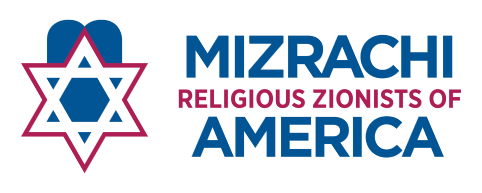From the words of the sages about the Menorah we learn that this was one of Moses’s most difficult tasks, much harder than building the Tabernacle. The Midrash further tells us that Moses asked Hashem on Mt. Sinai to show him exactly how to fashion the Menorah but forgot as soon as he came down, and that this happened three times. He then had to ask Bezalel for help and was amazed at how easily Bezalel managed to do something that he had found so difficult.
In order to understand this better, let us look at the famous passage from the Talmud, where we find another challenge facing Moses:
“R. Judah said, citing Rav:
When Moshe ascended to heaven he found the Almighty sitting and fashioning coronets for the letters. Moshe asked: “Master of the Universe, what have You not finished yet?” Hashem replied: “There is a man who will come in the future called Akiva ben Yosef. He will one day expound heaps upon heaps of laws on each jot and tittle.” Moses said: “Master of the Universe, show him to me.” Hashem replied: “Turn around.” Moses turned around and sat in the last row (of a yeshiva). Moses was unable to follow the discussion and was dazed. When Akiva came to a certain point, his students asked him “From whence do you derive this?” Akiva replied, “This is a law given to Moses from Sinai.” And Moses was calmed.
What was it that exhausted Moses and what calmed him? Didn’t he understand the need for the coronets on the letters and the profound laws that R. Akiva derived from them? And why did R. Akiva’s statement calm him? Furthermore, our rabbis already told us in Leviticus Rabbah that the Mishna, laws, Talmud, Toseftot, Aggada – everything – had already been given to Moses at Sinai.
However, there are distinctions between the generations, different ways of understanding the learning from one generation to the next. The Torah of Moses was clear – without doubts or dilemmas. Each question was immediately resolved. Moses did not need to analyze, weigh or draw analogies. He saw the answer. But since Moses died and darkness fell on our world, we need to carefully analyze, weigh and draw conclusions in order to understand the depth of the Torah, like a blind man using his sense of touch to find his way. That was the great power of R. Akiva in interpreting the coronets on the letters. It was this effort on the part of R. Akiva – that exhausted Moshe, because he could see the answers clearly and had no need of these methods – that ultimately enabled R. Akiva to derive the laws given to Moses at Sinai. After all, although different methods of learning the Torah were employed, all strove for the same result – to arrive at the truth of the Torah.
The pure Menorah placed in G-d’s Temple hints of the light of the Torah, as R. Yitzhak says in the Talmud: “Those who wish to acquire wisdom should go south; those who seek wealth should go north, and the sign is that the table was in the north of the Temple and the Menorah was in the south. And its light is the light that the scholars of all generations pursue.
Rabbi Aharonav is the Rosh Yeshiva of the Hesder Yeshiva in Maale Efraim, a picturesque yishuv in the hills overlooking the Jordan Valley. The yishuv, fouded in 1978 and consists of 750 families derived its name from its location as on the direct path that would be taken from the Jordan River ascending to the tribal land of Efraim.
